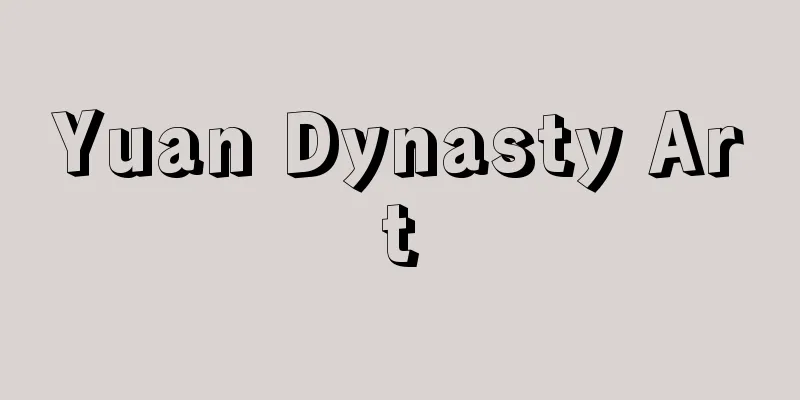Featured image - Ninsogaki

|
A poster that describes a person's physical features and is distributed to search for and arrest criminals. The system of posters seems to have existed since the beginning of the Edo period, but it was not until the Kujikata Osadamedegaki (Courtesy of the Public Affairs Bureau) was enacted in 1742 (Kanpo 2), that the system was established. Article 81 of the second volume of the document stipulates that posters are issued for four crimes: "serious plots against the government," "murder of one's master," "murder of one's parents," and "breaking a checkpoint." "Serious plots against the government" is considered to mean, in a broad sense, acts of treason against the shogunate. "Murder of one's master" refers to a servant of a commoner's house killing his master. After the document was enacted, posters were ordered to be used to investigate those who killed their former masters, or those who went missing after injuring their masters or parents, and this also applied to those who injure their masters' wives or sons. As such, wanted posters were only issued for certain serious criminals, so anyone who knew of a wanted person on the wanted poster but hid them or kept them as a servant and did not report them was sentenced to the severe punishment of execution. [Ryosuke Ishii] Source: Shogakukan Encyclopedia Nipponica About Encyclopedia Nipponica Information | Legend |
|
犯罪者などを捜索、逮捕するために、その人の人相の特徴を記して配布するもの。人相書の制度は、江戸時代の初めごろからあったものと思われるが、制度が整ったのは、1742年(寛保2)制定の公事方御定書(くじかたおさだめがき)によってであり、その下巻第81条には、人相書の出される犯罪として、「公儀へ対し候重き謀計」「主殺」「親殺」および「関所破」の四罪を定めている。「公儀へ対し候重き謀計」というのは、広い意味において、幕府に対する反逆行為を意味するものと考えられる。「主殺」というのは、庶民の家の奉公人が主人を殺すことである。御定書制定後、元の主人を殺した者や、主人や親に手負わせて行方不明になった者にも、人相書で捜査を命じることになり、また主人の妻または息子に手負わせた者もこれに準じられた。このように、人相書は特定の重罪人に対してだけ出されたので、人相書でお尋ね者と知りながらかくまったり、また召使いにして訴え出なかった者は、獄門の重刑に処せられた。 [石井良助] 出典 小学館 日本大百科全書(ニッポニカ)日本大百科全書(ニッポニカ)について 情報 | 凡例 |
Recommend
Prothallus - Anthallus
The gametophyte of ferns, also known as the proto...
Robinia pseudoacacia (English spelling) locust-tree
A deciduous tall tree of the legume family (APG c...
Albany Union Plan
…Since the beginning of the 18th century, the con...
Oreophasis
...A general term for a group of birds in the fam...
Wall thread - wall thread
〘Noun〙 A type of twisted thread. A thick thread th...
Women's movement
A social movement aimed at improving women's l...
Toshiyuki Fujiwara
A poet of the early Heian period. Son of the insp...
Adonis Morpho - Adonis Morpho
... Their main habitat is the vast tropical rainf...
Garrison - Chindai
〘Noun〙 (also "chintai") 1. An institutio...
Hanging scroll - Kakejiku
Also called kakemono, kakeji, or kakehika. A paint...
Whipple, FL
…The comet's nucleus, the main body of the co...
Barrier reef
...The planar and cross-sectional shapes of coral...
vain crime - tozai
〘 noun 〙① In the early Meiji period, a crime in wh...
Indonesia Raya
…Written the lyrics and music of the Indonesian n...
Technische Schule (English)
… The establishment and success of the Ecole Poly...









